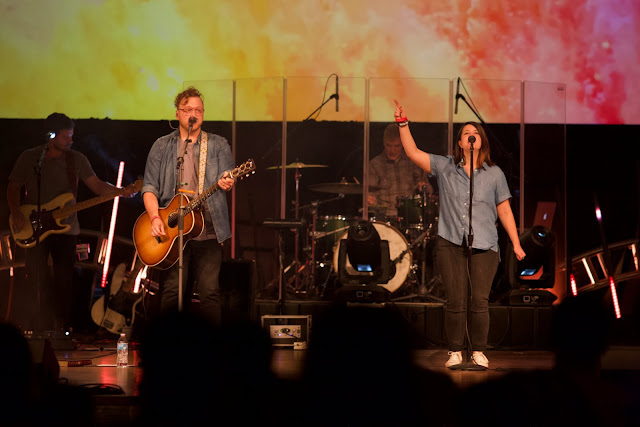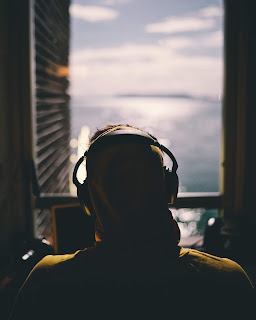Same Feelings, Different Part: Noise That Evokes Emotion
I recently played an "acoustic" service with just a kick, snare, hi hat and occasional shaker. With this very simple set up, I had to rearrange the drum parts to fit my context. In other words, I can't play the tom groove that's supposed to happen if I don't have any toms, so I had to come up with different solutions to many parts. It was a fun challenge, especially, not having a crash cymbal. I want to share with you how I came up with the parts that I did or, at least, my thought process.
I basically asked myself a lot of questions, and I categorized those questions into 3 basic steps.
The first step is to be acquainted with the song.
How does the song go? What is the general vibe? How do the drum parts normally go? What rhythms are being played? What's the primary subdivision?
When changing the drum parts to any song, it is important you know what it is you are changing. I wanted to stay true to the original drum parts within reason. It's also important to know what everyone else is expecting the drums to do. Whoever is leading the song has expectations for how the drum part makes him or her feel. I wanted to make sure I make those feelings happen with the set up that I have. The overall feeling and style of the song I refer to as "vibe." Drum parts can be different, but have the same vibe. I think vibe rules over drum parts. - not that parts aren't important, because I think parts are really important, but vibe is just more important because parts point to the vibe. The point here is that listening to more than just a small picture of a song is valuable. For example, there was a moment in our rehearsal for this same gig where no one knew how the chord progression to the instrumental went. Because I spent time listening to more than just my part, I was able to help them find the correct chord progression.The second step is to build a framework for the song.
What is the form of the song? What is the song's dynamic structure? Where is the song's biggest moment?
I believe this is one of the most neglected steps and possibly the most important step. I talk a lot about this step specifically in an older post called Dynamic Dinosaurs, but for now, understand that knowing where the song is supposed to go dynamically is crucial to changing your drum part.The third step is to create your part.
What is the general vibe I want to create? What types of sounds will achieve the vibes I want? Am I capable of playing the same part as the recording at the biggest moment? What do I want to be playing at the biggest moment? Do I have any room to get bigger? What can I do to play less? Do I want to be playing this part for so long? Do these parts make sense from section to section?
Whoah. That's a lot of questions. Let's make those easier to digest. This is where you put what you learned in the previous steps and apply it to your context. I like to begin with the vibe. "Acoustic" sets have a really chill vibe. It's up to you to figure out how "chill" you want that vibe to be and what sounds or instruments will take you there. (I am referring to cymbal choice, snare choice and tuning, stick/brush choice, etc.) Once the vibe is figured out, I start with the climax and work backwards. I didn't want to be stuck playing loose hats without a crash for an entire section, because my loose hi hat is as big as I can get. I think of each drum voice I have as a dynamic layer. For example, I'd start the verse with just my hi hat; then the prechorus add kick; then the chorus add snare; then the bridge add shaker. That breakdown, actually began with me thinking of the beat in the bridge; then I asked myself, "What can I do to play less for the section before?"This idea of each drum voice as a dynamic layer is a big lesson. Let's picture a tom groove for a second. I can play it just using a floor tom. I can play it adding kick on just the downbeat or on half notes or on quarter notes or on eighth notes - each of those a different dynamic layer. I can add a rack tom for another dynamic layer. I can add crashes on the down beat, or on the quarter note for more dynamic layers. One groove can have a HUGE amount of dynamic changes with different voices introduced and occurrences of those voices (rhythm). Adding or removing a specific drum voice affects the dynamics and, therefore, emotion of the song.
Taste, is another factor that plays into the parts that I created. I talk more about taste in my post Less is Less. If you follow these steps and ask yourself similar questions, you can create your own drum parts that cater to your own context.
--------------------------------------------------------------------






Comments
Post a Comment